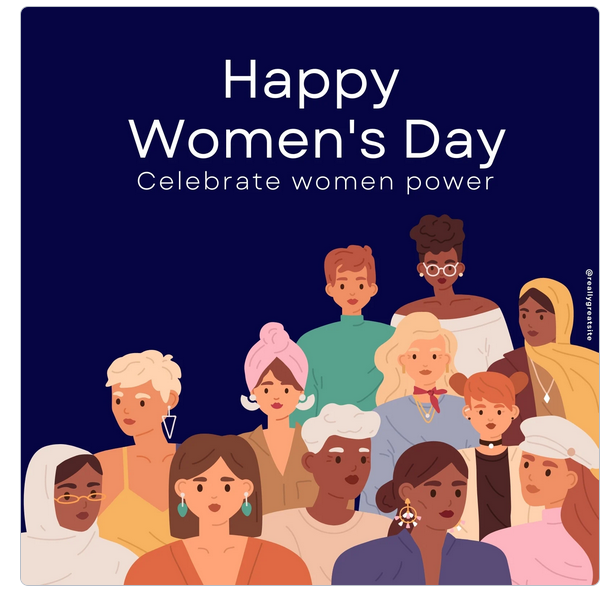International Women’s Day on 8th March is a day to celebrate the social, economic and political achievements of women, reflect on progress and demand gender equality. For over a hundred years, International Women’s Day has put the spotlight onto issues affecting women all over the world. Today, International Women’s Day belongs to everyone who believes that women’s rights are human rights.
Why do we need an International Women’s Day?
Across the world, less than 15 per cent of the world’s countries have a female leader. Only 24 per cent of senior managers are women and 25 per cent of companies have no female senior managers at all. Women do the lowest-paid jobs and earn less money for the same work. This difference in pay is called the gender pay gap, and for young women in many places, including Britain and the US, the gap is getting worse. Women are also more likely to do most of the housework and childcare. All of these problems affect women of colour even more than they do white women.
When it comes to healthcare and safety, women also face significant inequalities. An estimated 830 women a day die in childbirth. There are some shocking statistics for female murder too. Last year the UN found that 137 women a day were killed by their partner or former partner. Worldwide, over 50 per cent of female murders are committed by the victim’s partner or family. When they have access to health education and care, women are also more likely to be ignored by doctors when they say they are in pain, and serious health problems are sometimes ignored for years.
The history of Women’s Day
In 1908, 15,000 women in New York went on strike because of low pay and terrible conditions in the factories where they worked. The following year, the Socialist Party of America organised a National Women’s Day, and one year after that, there was a conference in Copenhagen, Denmark, about equality and women’s right to vote. In Europe, the idea grew and became International Women’s Day (IWD) for the first time in 1911 and the United Nations declared 8th March International Women’s Day in 1975.
What happens on 8th March?
In some countries, children and men give presents, flowers or cards to their mothers, wives, sisters or other women they know. But at the heart of International Women’s Day lies women’s rights. Across the world, there are protests and events to demand equality. Many women wear purple, a colour worn by women who campaigned for women’s right to vote. Recently, marches and protests have gained force thanks to the #MeToo and #TimesUp movements against sexual harassment. There is still a lot of work to be done for gender equality. But women’s movements all over the world are ready to do that work and are gaining momentum.
What are you going to do to celebrate or demand change on 8th March?
Discussions in the forum of the English Moodle of 3 ESO E about what students are doing on Women’s Day:













Comentaris recents